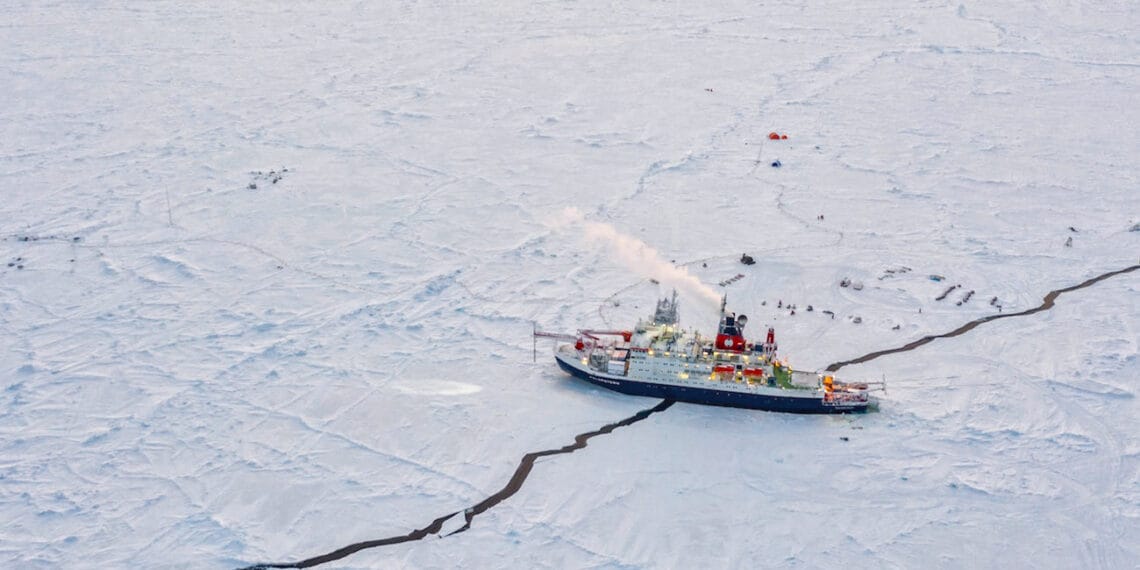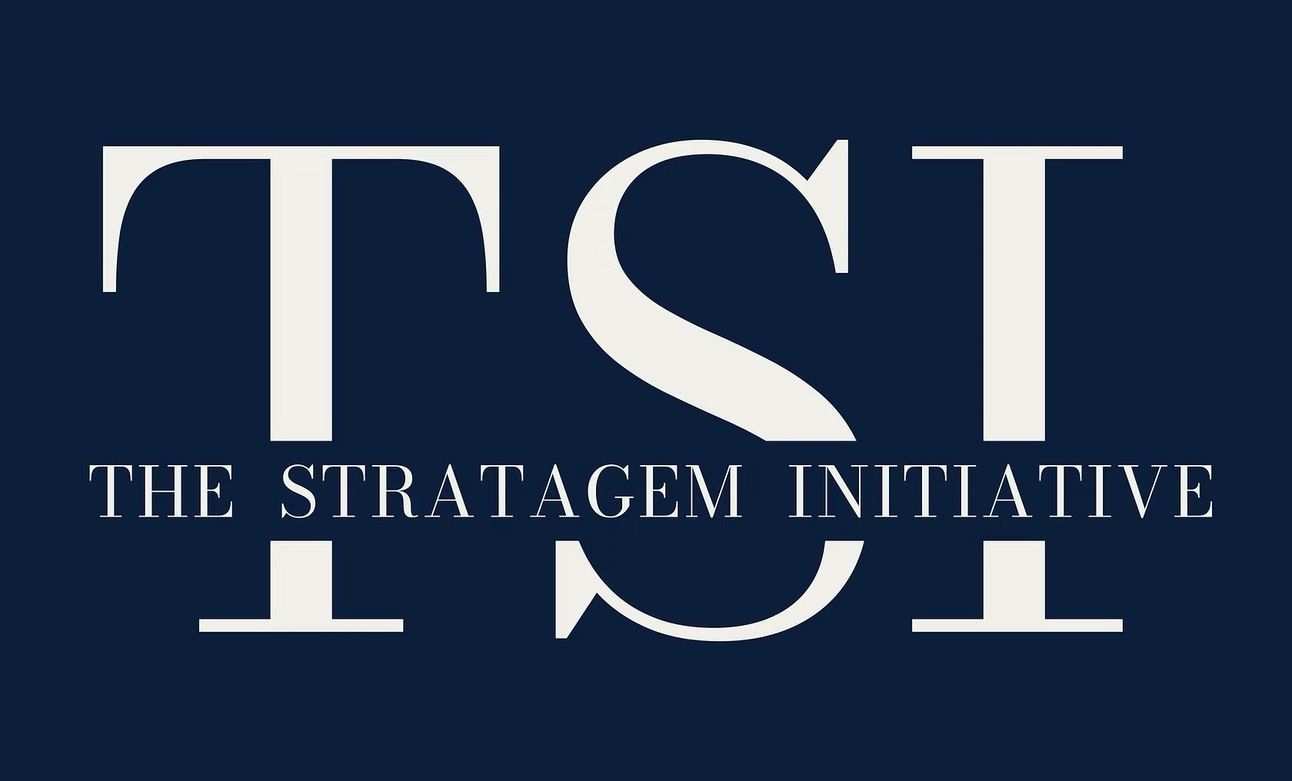- Stratagem
- Posts
- 🌎BBB Weekly Edition #17🌎
🌎BBB Weekly Edition #17🌎
Container Ship Sets Record Using Northern Sea Route, Dutch Authorities Seize Chinese-Owned Chipmaker, Gen-Z Protests Escalate in Peru, Pakistan and Afghanistan Agree to Ceasefire Deal, Putin and al-Sharaa Affirm Partnership, and a Russian Submarine's Unusual Surfacing in the English Channel

What We’re Watching
📍Chinese Container Ship Sets Record Time for EU Delivery Using Northern Sea Route
Facts: On Oct. 13th, the Chinese container ship Istanbul Bridge arrived at Felixstowe, the UK’s largest container port, via the Northern Sea Route. The vessel made the trip from Ningbo, China in a record-setting 20 days, marking the first use of the new Chinese-Europe Arctic Express route. The passage connects several major Chinese and European ports, including Shanghai and Rotterdam, the largest in China and Europe, respectively. Traditional routes around the Cape of Good Hope or through the Suez Canal take between 40-50 days to reach the same destination.
Analysis: The successful expansion of Chinese maritime trade into the Arctic reveals new dimensions of global economic opportunity that directly challenge U.S. influence in the international market. Referred to by China as the “Polar Silk Road”, the northern route through Chinese and Russian waters shortens shipping distances by over 70% while bypassing U.S.-aligned chokepoints. As both nations impose reciprocal port-fees this week amid a widening trade war, the Arctic breakthrough undermines America’s already weakened maritime control and signals a broader shift away from a world of U.S.-centered global commerce.
📍Dutch Seize Controversial Chinese-Owned Chipmaker
Facts: On Oct. 12, the Dutch government announced the seizure of Dutch-based computer chip maker Nexperia over concerns of the transfer of technology to its Chinese parent company, Wingtech. A day later, a Dutch court ruling revealed that the Dutch government removed Nexperia’s Chinese CEO over misuse of Nexperia funds to support his privately owned chip factory in Shanghai. Additionally, the court documents disclosed that U.S. officials had pressured the Dutch government over the company’s ownership. While the Dutch denied any external influence, the Sept. 30 seizure occurred a day after the U.S. expanded export restrictions to include companies that are owned by entities with alleged affiliations to the CCP such as Nexperia.
Analysis: Nexperia’s situation is not the first time that the Netherlands has inserted itself into the competition over microchips between China, the US, and Europe. In 2018, after U.S. pressure, the Dutch government blocked any Chinese purchases of ASML’s high-definition EUV lithography machines. The seizure of Nexperia marks a further straining of EU-China relations as access to the latest semiconductor technology has emerged as a critical economic and national security concern. The Dutch government’s action represents a renewed strategy of technological de-risking to mitigate the circumvention of Western export controls.
📍Gen-Z Protests in Peru Escalate Following President’s Impeachment
Facts: Peruvian protests have left at least one dead and dozens injured amid poor economic conditions, high crime rates, and a presidential transfer of power between two unpopular politicians. On Oct. 10, Peru’s congress unanimously voted to impeach President Dina Boluarte. Her approval rating remained under 4% this past year, as she repressed protests, accepted bribes, and weakened prosecution of organized crime. President of the Congress José Jerí was sworn in following Boluarte’s impeachment, despite allegations of corruption and a suspended sexual assault investigation. In the past ten years, Peru has seen seven presidents following two impeachments, two resignations, and a failed coup attempt.
Analysis: While Boluarte’s impeachment may appear to be a sign of a healthy political system, it’s emblematic of Peru’s continued political instability. The protests–led by Gen Z activists, transport workers, and civil rights groups–are indicative of Peruvians’ deep distrust with their political system. Frustrations over rampant corruption and pervasive gang violence highlight how the present unrest is the culmination of years of political wrongdoing across the spectrum. The Gen Z-led protests in Peru share similarities with those in Madagascar, Nepal, the Philippines, and more, signaling a broader trend of generational political dissatisfaction.
📍Pakistan and Afghanistan Agree to Immediate Ceasefire
Facts: Following peace talks in Doha, Pakistan and Afghanistan agreed to an immediate ceasefire and committed to future talks to establish mechanisms to prevent future conflict between the two countries. This follows a week of the worst violence between Pakistan and Afghanistan since the Taliban seized Kabul in 2021. Clashes last week began when Pakistan blamed militant attacks within their borders on external Afghan actors operating from Taliban “havens.” The Taliban denied any involvement, accusing Pakistan of spreading misinformation. While the two agreed to extend an initial ceasefire on Oct. 15, Pakistani airstrikes reignited the conflict soon after.
Analysis: The mutual desire for peace by both governments is not likely to secure lasting peace in the region. Pakistan’s defense minister asserted that the ceasefire agreement rests on Afghanistan’s ability to reign in militant groups like the Pakistan Taliban (TTP), revealing the fragility of the agreement as the Taliban denies affiliation with them. As a non-state militant group the TTP proves difficult to control and are not party to Doha’s mediation efforts. The conflict between Pakistan and Afghanistan parallels Pakistan’s ongoing tensions with India, which Pakistan has accused of sponsoring terrorism in Pakistan and working with “ringleaders” in Afghanistan to threaten Pakistan’s national security. As Afghanistan seeks to build peace and expand its diplomatic engagement, the US will be forced to reconsider its security strategy in the region as Afghanistan increases its global legitimacy and regional influence.
📍Putin and al-Sharaa Affirm Partnership
Facts: On Oct. 15, Syrian President Ahmed al-Sharaa traveled to Moscow to meet with Vladimir Putin, the first talk between the two leaders following regime change in Damascus ten months ago. Putin’s interests in the country include continued access to Russian military bases, as well as Mediterranean ports along Syria’s coast. Officials expected Sharaa to request the extradition of former Syrian President Bashar al-Assad, who fled to Moscow in December after the Sharaa-led militant group Hayat Tahrir al-Sham, seized control of the country. Putin had been a staunch supporter of Assad’s regime throughout the Syrian Civil War.
Analysis: Sharaa’s Moscow visit follows a recent trip to New York to speak at the United Nations. Syria stands to benefit from new relationships with the US while preserving their ties with Russia; the renewed partnership means that Syria will continue to receive Russian oil and arms. Russia’s continued investment into Syria signifies the strategic importance of the country’s ports which function as Russia’s only direct Mediterranean access. The partnership holds significant value to Russia amid the Trump administration’s withdrawal of troops from Syria.
📍Russian Submarine “Limping” Home After Surfacing in English Channel
Facts: The Russian Kilo-class submarine Novorossiysk surfaced unexpectedly off the coast of France on October 10th following its departure from missions in the Mediterranean Sea. Russia’s Black Sea Fleet claimed the unusual behavior complied with navigational rules inside the English Channel, while Russian military bloggers leaked reports on Telegram of a fuel leak, raising the risk of an explosion. Since the submarine’s arrival in French waters, NATO naval forces have coordinated to escort the submarine through the North Sea as it returns to its port in the Baltics. NATO Secretary General Mark Rutte mocked the Russian navy, describing the submarine as “limping home.”
Analysis: The Novorossiysk’s surfacing exposes a growing strain on Russia’s naval forces, offering the U.S. new opportunities to strengthen maritime security in vulnerable waters. Alongside escorts, NATO’s Maritime Command confirmed that surveillance began as soon as the vessel departed the Mediterranean, demonstrating their ability to coordinate responses across multiple fleets. Since 2022, the Russian navy has lost 22 vessels and its strategic port in Syria, signaling a steady decline in maritime capacity. With NATO Secretary General Mark Rutte mocking the submarine as “limping home”, the U.S. and its allies now face the dual challenge of capitalizing on Russia’s naval struggles while balancing instability in critical waters.
Looking Ahead
📍Surveillance Imagery Reveals Construction at Iranian Nuclear Site
Our View: Surveillance imagery revealed preliminary construction on the Iranian Taleghan 2 site which was previously a testing facility for Iran’s nuclear program. The site was one of several nuclear facilities destroyed during Israeli bombing in October 2024. Though the construction’s purpose remains unclear, experts worry that it may be used to support Iran’s reeling nuclear program. The revelation comes just two days after Iran formally announced the expiration of its obligations to the JCPOA, a 10-year deal launched in 2015 intended to limit Iran’s nuclear capabilities.
What We’re Reading
💡Bolivian presidential elections resulted in the victory of centrist candidate Rodrigo Paz, breaking long-running, anti-American leftist rule. The new administration promised to remedy Bolivia’s economic crisis and strengthen diplomatic ties with Washington.
💡Israel launched a series of attacks on Gaza amid a fragile ceasefire deal. The attacks came in response to the death of two IDF soldiers, allegedly at the hands of Hamas, who denied involvement.
💡Trump proposes a plan to import beef from Argentina after the U.S. Treasury Secretary announced $20 billion in support for Argentina, angering U.S. cattle ranching industry.
💡The U.S. and Australia signed an $8.5 billion critical minerals agreement to reduce dependence on Chinese rare earth minerals.

One For The Road
Pie TSI Wednesday 10/22 from 12-3:30 Red Square!
Not a subscriber? Click here to subscribe!
See You On Thursday For 🌊The Deep Dive!🌊
This week’s newsletter brought to you by the Beyond Borders Brief staff. Connect with us on social media to pose questions, comments, or feedback. Click here to learn more about TSI.
Reply